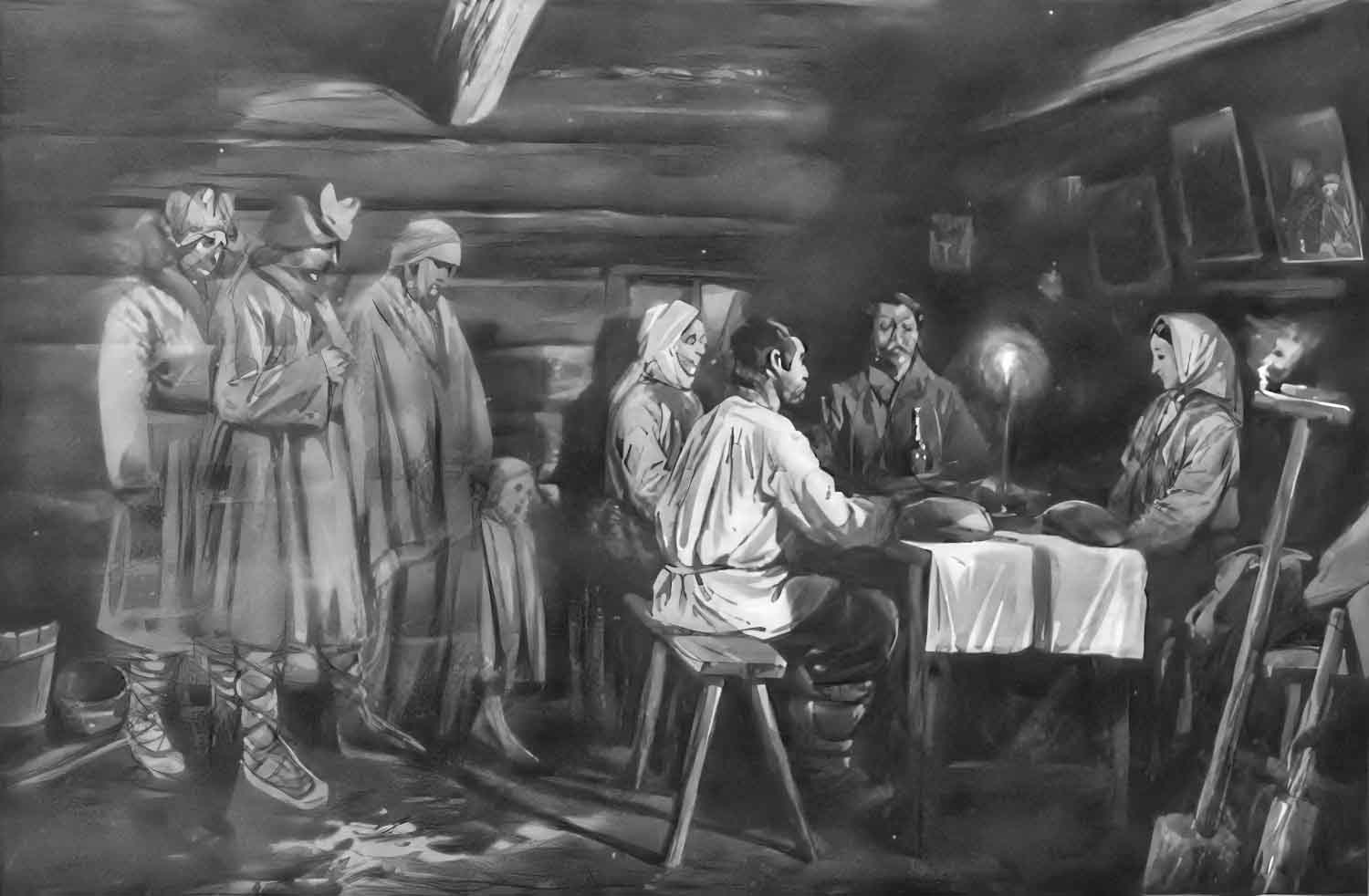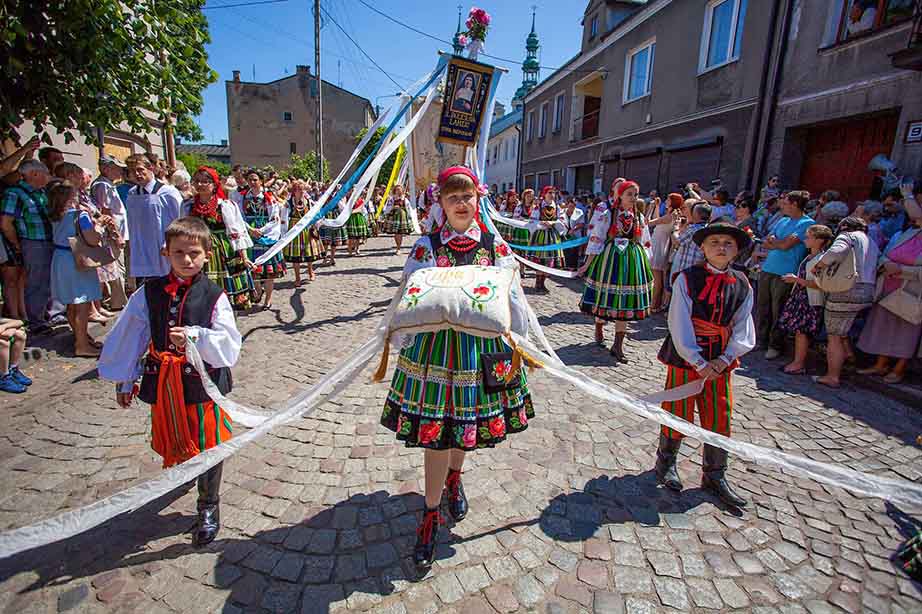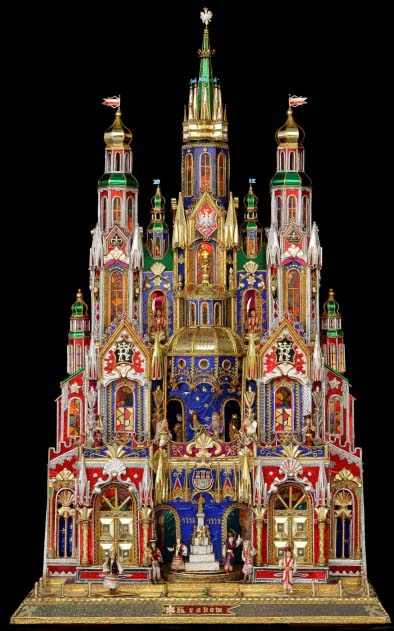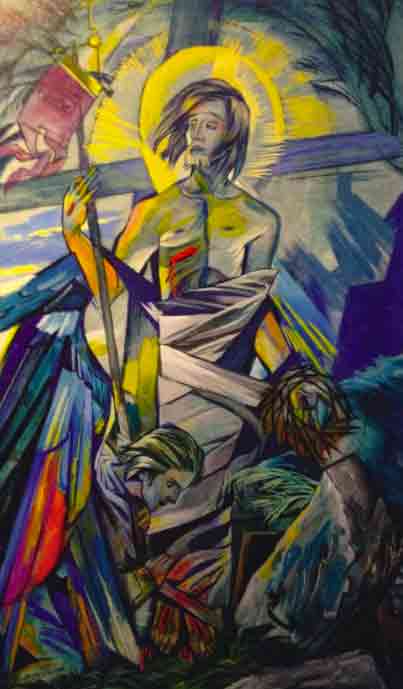The Catholic observance of All Saints' Day, celebrated on November 1, is one of the most popular holidays in Poland, gathering millions of Poles in cemeteries every year to honour the memory of their deceased loved ones. This practice holds firm, despite the custom of celebrating the so-called Halloween, which is encroaching from the West.
The taming of death and respect for this mysterious reality are present in all cultures of the world. Also in Poland, particularly in the East, elements with roots in pre-Christian practices involving the 'feeding' of souls or lighting fires on graves have survived to this day. One example is the dying out rituals of 'eldfathers', today mainly associated with the romantic, poetic dramas of Adam Mickiewicz.
The feast of All Saints — despite its association with death through the custom of going to cemeteries on that day and the attempt during Communist times to secularise the feast by renaming it 'Day of the Dead' — is a joyful celebration of the mystery of faith in the Church, which speaks of the communion of saints. It is a day that points to our universal vocation, which is holiness. Every day, the liturgy commemorates someone elevated to the altars, with whom the Church, after discernment, has confirmed that this person already shares in the joys of heaven. On November 1, we also ask for the intercession of unknown saints, perhaps our neighbours and loved ones.
It is only on November 2 that the liturgical commemoration of All the Faithful Dead falls, the so-called All Souls' Day. It is then that our prayerful remembrance extends to the deceased who are still awaiting Heaven in the Purgatory. During the octave of the Solemnity of All Saints, it is also possible, under suitable conditions, to obtain plenary indulgences that can be offered for the souls in Purgatory. The churches practise the Remembrance Prayer for those who have previously been declared dead.
In Poland, it is one of the most popular holidays, and the tradition of visiting cemeteries has also taken hold among non-Catholics and people who are non-believers or religiously indifferent. It is quite common to go to cemeteries to visit the graves of loved ones. More people gather at cemeteries than, for example, at Corpus Christi processions. Famous people who have died during the past year are remembered in the media.
Already before the first of November, which is full of reverie, Polish cemeteries become busier — the grave monuments of the loved ones and the alleys are cleaned. Graves and cemeteries abandoned for various reasons are also remembered. Scouts, local activists and church communities are particularly involved. This is especially true since cemeteries often contain historical monuments, for the conservation of which fund-raising events are organised.
Candles and flower bouquets – tokens of remembrance of our dead – are being purchased in huge numbers. After dark, all Polish cemeteries are beautifully, colorfully illuminated — a glow of mysterious and delightful light hovering over them.
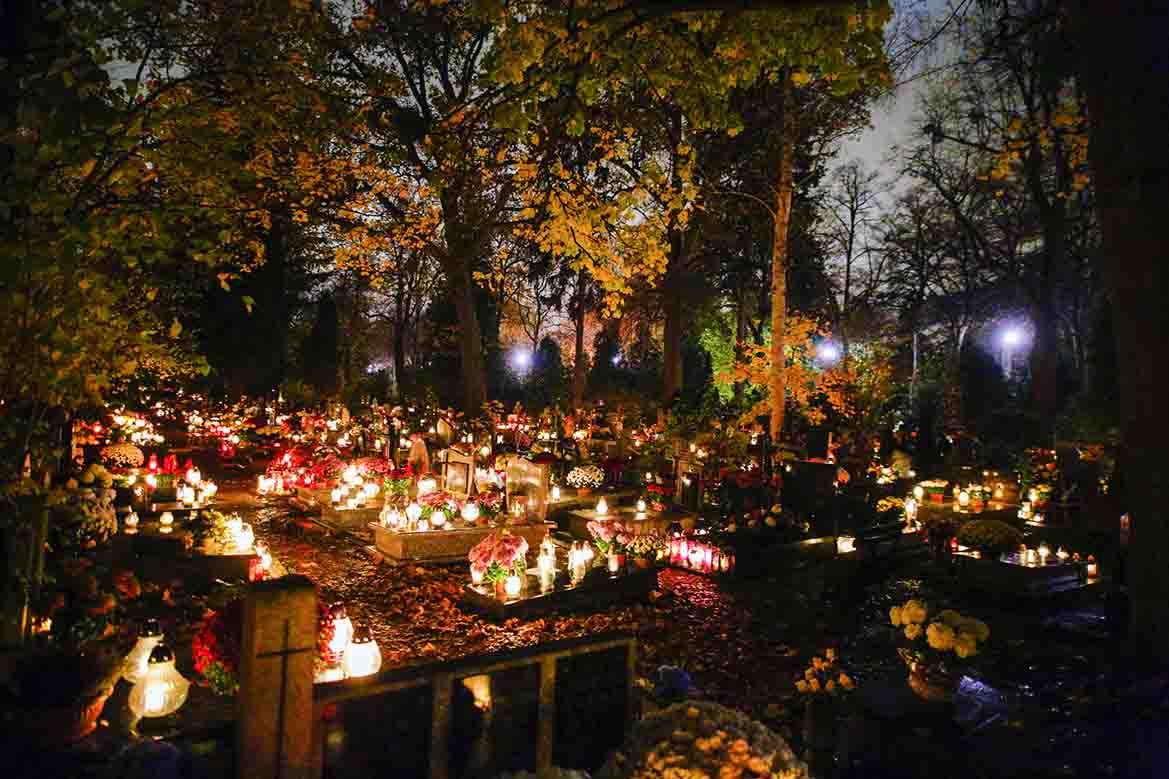
All Saints' Day in the evening at the Osobowice Cemetery in Wrocław. Thousands of people visited during the day. Photo: Krzysztof Zatycki/Forum (Źródło: dlapolonii.pl)
Of course, commercialism is also seeping into the cemetery market and the November festivities, and this is particularly evident in the case of candles, of which it is estimated that we buy as much as 300 million a year, the most in the world. They are available in a variety of shapes, designs, colors and sizes. Some are classic and simple but there are also some in the shape of a map of Poland, angels and plants. There are, of course, motifs related to religion but you can also find cartoon characters or 'Star Wars'. There are also electronic ones with a light bulb and even with melodies and music boxes playing — a niche clearly being developed by creative Chinese entrepreneurs.
For years, attention has also been drawn to the problem of ecology. After the holidays, tons of rubbish are removed from cemeteries, including lots of plastic from artificial flowers and candles. Ecological practices, which are still few in number, are appearing: the elimination of artificial flowers from bouquets, or 'candle exchanges' — places in cemeteries where used candles can be found for reuse. Environmental movements, including Catholic ones, encourage ecological sensitivity with slogans such as 'Fewer candles, more remembrance'. They encourage the abandonment of plastic and the use of environmentally friendly monument cleaners.
In various regions of Poland, e.g. in Kashubia or Podkarpacie, the customs of Empty Nights, accompanying funerals, were common. Throughout the night, ancient eschatological songs were sung near the body of the deceased and for the souls of the dead, including to the patrons of a good death. Wonderful, mainly Baroque poetry, in different — depending on the region — melodic variants. Unfortunately, this tradition began to die out in the 20th century. A remnant of it are the singing meetings organised on November 1, during which these old musical works are performed, both for prayer and to cultivate regional Polish heritage.
Singer and composer Adam Strug has participated in such gatherings at Warsaw's Powązki Cemetery for the past 10 years. 'We meet on November 1 at the Powązki Cemetery to sing All Souls' songs. The congregation numbers several hundred people. This materialises the old Polish custom of singing, in which everyone — regardless of their singing proficiency — can take part. The repertoire consists of songs to poems by some of our most outstanding poets — from Kochanowski to Karpiński. The melodic variants, handed down through generations of oral tradition, originate from the petty gentry villages of north-eastern Mazovia,' says Adam Strug.
From the capital, these practices have spread to other cities, for example, people also meet in Cracow, Łódź, Gdańsk or Jarosław to sing songs, taking into account local traditions. Interestingly, singing attracts not only believers but everyone because of its undisputed cultural value.
However, it is clear that Halloween traditions popularised by the cinema and media in the US and United Kingdom are also reaching Poland. Pumpkins, scary disguises, and Halloween mascots appear in shops at least two weeks before November 1. The custom of going around the house dressed as a monster or ghost to receive sweets is still only present in a few places in Poland, especially in neighborhoods full of children in big cities. However, many schools and kindergartens organise Halloween parties.
In the church circles, attempts have been made over the years to offer an alternative response to this phenomenon, due to the cultural alienation and ideological inconsistency of these customs with the spirit of the feasts of All Saints and All Faithful Dead. Often such games are called Holy Wins, literally meaning 'The Saint wins'.
I encountered Holy Wins some 10 years ago, while still a cleric. I saw a colorful, cheerful, laughing display of goodness, holiness and light. Children and young people dressed up as saints and blesseds, who were in the process of getting to know new saints and find out that the saints are next door,
says Fr. Dawid Tyborski from the Pelplin diocese. In his opinion, it is a very interesting and valuable initiative, played out in different ways. Holy Wins have the form of either marches through towns by children dressed as saints, or balls of saints, where dressing up is accompanied by games and competitions, and finally, there are prayer adorations organised on the eve of the feast of All Saints, as an alternative to Halloween.
One might be tempted to make a point by showing the complexity of these events — good happens both for the spirit and the body, for the senses and the emotions. A celebration of goodness, holiness and light. It is generally a very serene evening
Fr. Dawid Tyborski notes.
According to another priest, Fr. Damian Wyżkiewicz CM — a catechist recognised in the Teacher of the Year competition a few years ago — it is not good practice to demonise Halloween.
As responsible parents and educators, we should not frighten young people with Halloween but explain what it is and what are better ways to experience this time. Halloween has a Christian pedigree, it was – after all – All Saints' Eve, which involved the custom of children collecting sweets in exchange for prayers for the dead. It was something like today's carol singing. Unfortunately, over time this custom has lost its religious significance and has become heavily commercialised. Therefore, it is worth highlighting the Christian themes of Halloween rather than demonising it. It is also worth showing contemporary religious ways of experiencing All Saints' Eve, such as balls or night vigils with saints in churches
says Fr. Wyżkiewicz.
Translation from Polish: dlapolonii.pl and Andrew Woźniewicz.





